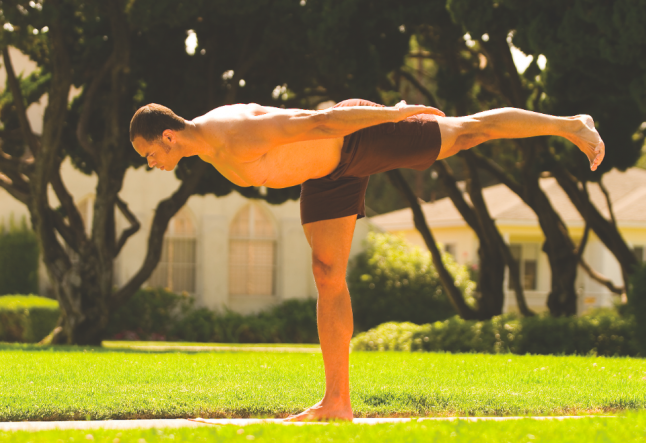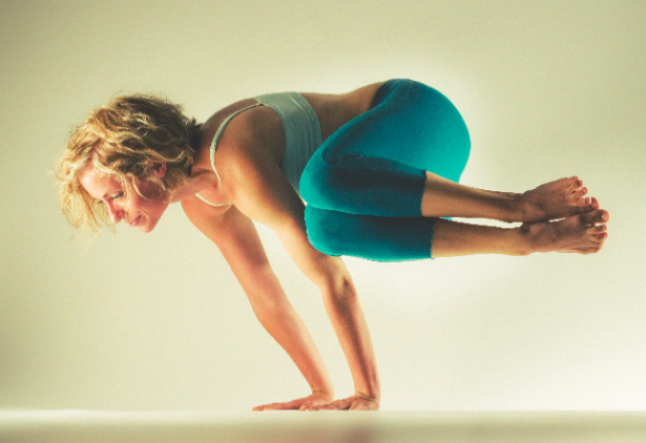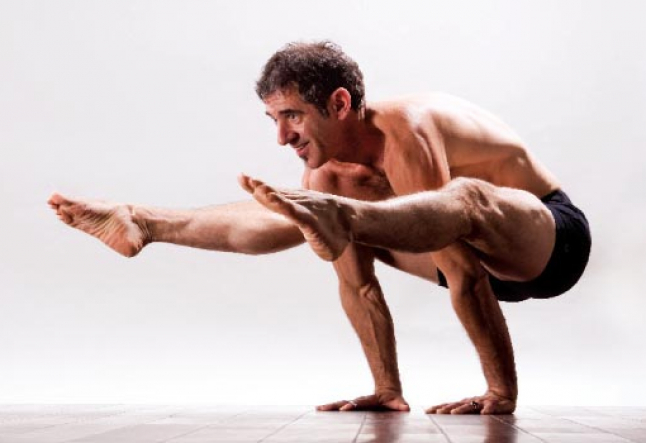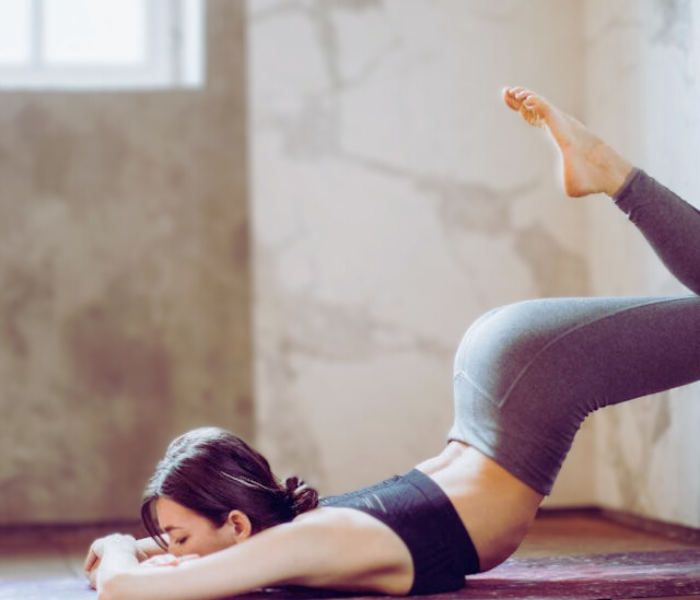pincha mayurasana | peacock pose
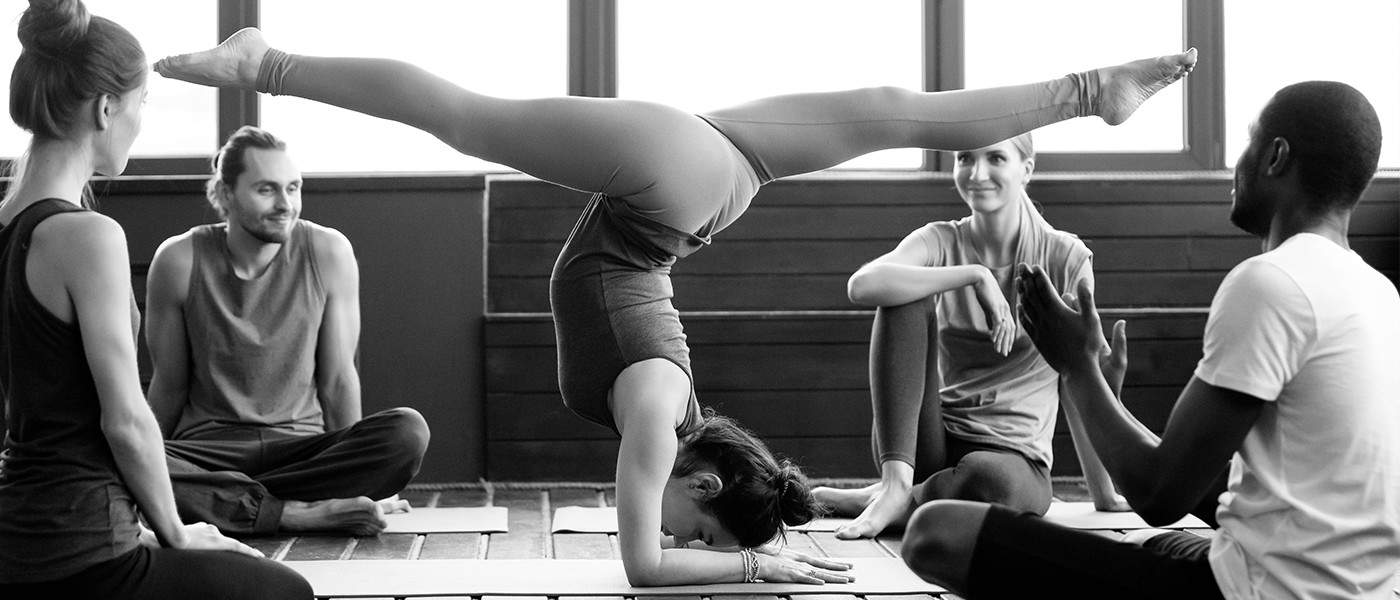
Pincha Mayurasana or peacock pose is a challenging pose that requires strength, balance, awareness, and patience. It is an inversion that does not put any pressure on the head while still providing all the benefits of being upside down.
Life does not always provide us a right-side-up perspective, so doing an inversion is an excellent practice for focusing attention and coming home to our breath.
WHY Pincha Mayurasana | Peacock Feather pose?
We are able to face our fear of falling and when learning to do Pincha Mayurasana, we often do fall, which teaches us to get back up and try again (and how to tuck and roll!).
This pose also requires a distribution of energy down through the forearms and up through the legs, which builds a lot of strength in the shoulders, arms, and back, while calming the brain through the increase of blood and prana.
HOW to:
Watch a video of Pincha Mayurasana, Peacock Pose – here below
To stretch the backs of the arms in preparation for Pincha Mayurasana, begin in table-top position with your head towards the wall. Place your elbows on the floor at the wall with the forearms extending up.
Keep the elbows and forearms connected to the wall and begin to sit the hips back towards the heels as if moving into child’s pose.
- After several nice breaths there, transition the elbows and forearms to the floor and align the middle finger, wrist, elbow, and shoulder of both arms. Begin to hollow out the armpits by lifting the entire collar bone region away from the floor.
This will engage the pectorals and outer shoulder muscles, which should stay engaged throughout.
- Tuck the toes under and lift the knees off the floor into Dolphin, a great way for beginners to build strength in the upper body.
- From there, kick the legs up, working to align the hips over the shoulders and the legs together over the hips. Press steadily through the fingers, wrists, and elbows to maintain lift while keeping the stomach muscles engaged to support the hips.
- Engage the legs and extend up all the way through the toes to balance the pushing down with the arms. Gaze between the hands to the floor…and breathe. While in Pincha Mayurasana, imagine you are the peacock feather in Krishna’s cap!
When yoga found me, I was a manager for a corporate hotel chain and under a lot of stress. The practice spoke to me by bringing me deeper into my body, which not only relaxed my nerves but made me feel strong and healthy.
Eventually, the asanas transformed me, and I enrolled in a best online yoga teacher training program five years after my first class.
By that point, my body and mind were more aligned with what has always been a strong and clear spiritual presence, Pincha Mayurasanaand I began along my new path of inspiring health and vitality in the world as a teacher.
For me, the asana practice is a reminder that breath is the source of our physical life, that sensations and vibrations within our bodies are gateways into being present, and that we share an innate divine interconnection. It also paves the way towards a more conscious way of living in the word.

